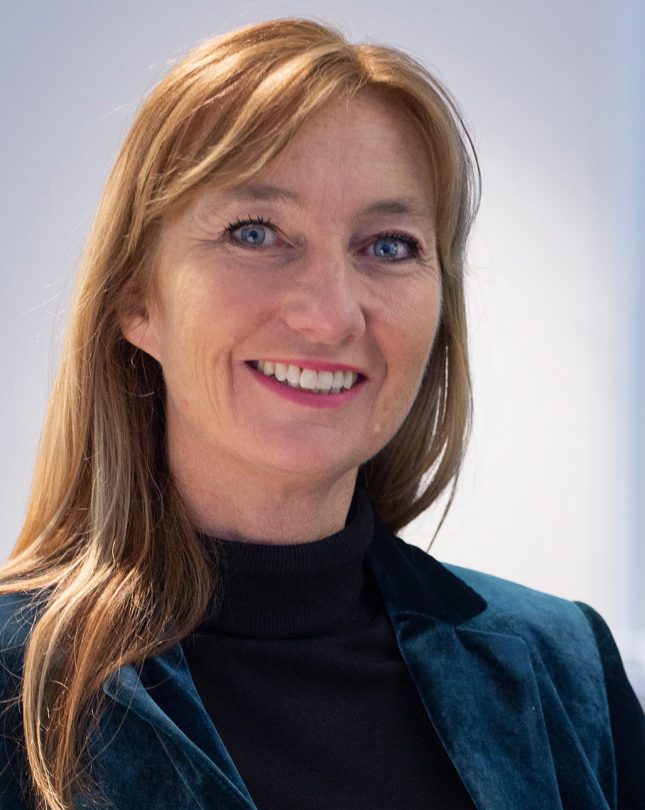Our latest news and views English
Underpinned by our Scandinavian design heritage, we bring you regular stories about architecture and interiors, exploring natural materials, acoustics, and the creation of safe and harmonious environments.
While the climate emergency may have only ascended some people’s agenda very recently, White Arkitekter employed its first environment and energy specialists way back in 1998. Today, its sustainability expertise is headed up by Anna Graaf who talks us through her thoughts about building materials for a sustainable future, including how important circularity will become.

When it comes to circularity in the built environment, White Arkitekter’s Anna Graaf is a passionate exponent. As the practice’s sustainability director, she leads a team which is responsible for managing many green issues. Among them are the climate impact of projects and their corporate social responsibility, from planning to project design and construction. She gave us three thoughts on how circularity can be introduced.
“Reducing extraction of raw materials will make a huge difference in terms of carbon emissions, and it will also help safeguard biological diversity and ecosystems around the world” Graaf says. Therefore, she continues, reusing and recycling materials and constructions that already exist is paramount. It’s not just about extending the lifespan of products but also seeing all materials as potential raw materials for something else.
This new mindset isn’t just needed in the building sector, the thinking can and should be applied across different industries. Materials can start out in one sector and be reused or recycled in another. “Studies show that we need to get down to the levels of consumption that we saw in the 1980s in order to meet the climate goals for 2050,” Graaf urges.
Having put sustainability front and centre for the past twenty years or so, White are well practiced in reusing in interiors, for instance recycling furniture. “We have developed guidelines and have built our competence in-house,” she explains. White’s interior designers always ask clients what can be reused from the previous interior scheme and often upcycle existing pieces with a new fabric or finish. “The furniture can be made to look new again, and with other items, you can create something different from what the product was originally.”
In construction she admits this is a little trickier because of the long supply chain involved. Do demolition companies need to adopt a different business model, becoming de-assembly firms instead, taking ownership of the building materials and selling them on? Do developers or landlords need to take ownership of materials they would otherwise dispose of until they find a new use for them? And if so, how long would they have to keep them for?
Graaf also believes it could be craftspeople’s time to rise again. They are the ones with the skills to restore, to save elements such as windows heading straight to landfill.
As the processes in dealing with the reuse of building materials change, so the architect’s responsibilities could alter too. Graaf says, “Interior designers here at White already have a wider role, creating an inventory of what’s there, what can be used again, and what can’t. They have created a reuse-strategy, which also outlines the savings in terms of carbon emissions and costs. ” This requires a more complex set of skills compared with selecting completely new products to specify.
The practice has also introduced ‘reuse coordinators’ who make a full inventory and look at how to recycle the materials, and whether the developer could reuse them. “Architects need to understand if a material can, for example, be grinded, melted or deconstructed, and turned into something new.” Graaf says. “It’s a case of keeping what is already there, avoiding waste altogether and seeing the value in all existing materials and products, circulating everything and squeezing out every bit of value from every single material. It’s really exciting!”
